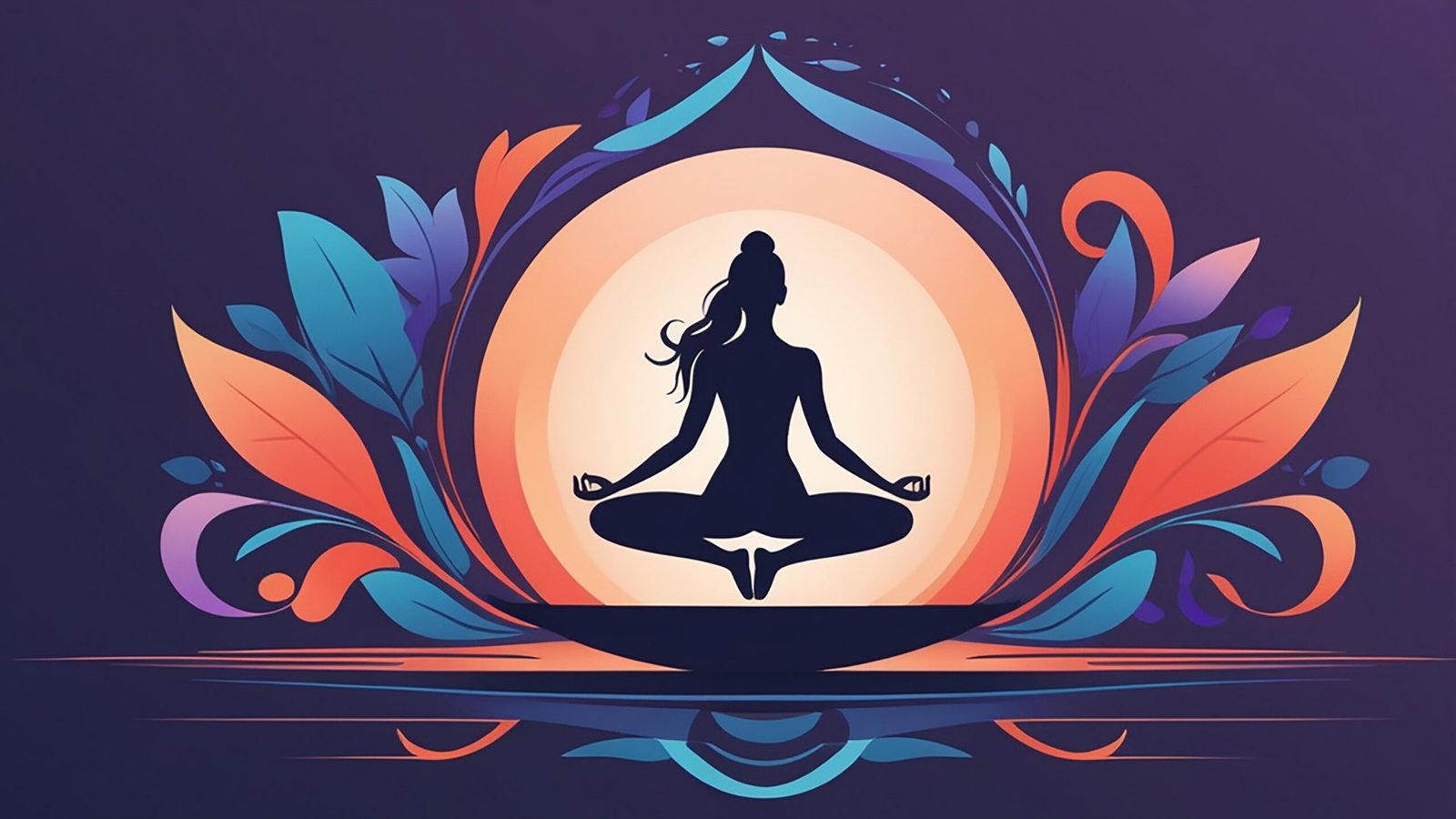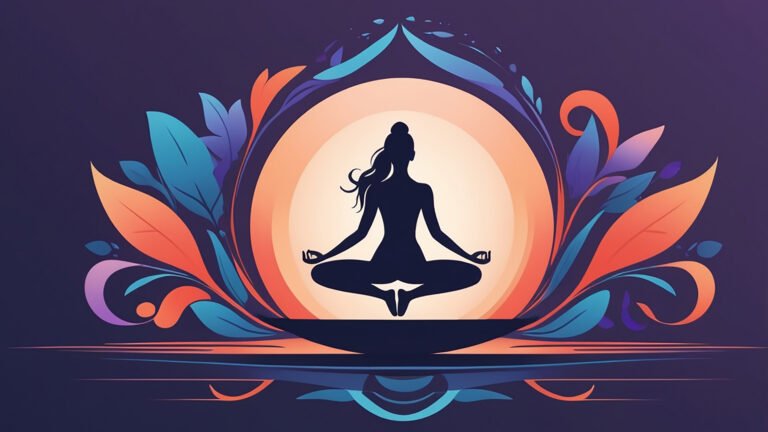— Introduction :
Karnapidasana is formed from three Sanskrit words: Karṇa (कर्ण) meaning ear, Pīḍa (पीड) meaning pressure, and Āsana (आसन) meaning posture. True to its name, in this pose the knees gently press against the ears, symbolizing the withdrawal of external sensory distractions—what yogis call Pratyahara.
Building upon the base of Halasana, Karnapidasana further compresses the abdominal and neck regions, stimulating internal awareness while calming the body. The kneeling pressure on the ears is more than a physical action—it’s symbolic of silencing the outer world to listen to the inner one.
This pose guides the practitioner toward introspection, enhancing inner listening and sharpening subtle perception. It offers physical detoxification, emotional release, and mental quietude. The pose invites the practitioner to experience profound stillness in both body and mind, preparing the ground for meditative absorption.
— Step-by-step Instructions :
- Begin in Halasana with the feet resting on the floor behind the head
- Bend both knees and bring them toward the ears, keeping the ankle flat.
- Gently press the knees against the ears to block external sounds
- Allow the arms to rest flat on the floor, palms down, or interlock the fingers behind the back
- Keep the breath slow, even, and natural
- Hold the posture for 15 seconds to 1 minute based on comfort
- To release, slowly straighten the legs back into Halasana, then lower the spine gently to return to Shavasana
— Physical And Mental Benefits :
- Encourages inward awareness and sensory withdrawal (Pratyahara)
- Stimulates thyroid and parathyroid glands
- Massages abdominal organs and improves digestion
- Stretches the back and shoulders
- Calms the mind and helps relieve stress and anxiety
- Enhances flexibility of the spine and hips
- Balances the Vishuddhi Chakra and purifies subtle energy channels
— Precautions to Keep in Mind :
- Avoid during menstruation and pregnancy
- Not suitable for those with neck injuries, high blood pressure, or ear issues
- Ensure the knees are gently placed—not forced—against the ears
- Practice on an empty stomach
- Avoid if suffering from glaucoma or vertigo
— Beginner’s Tips :
- If knees don’t reach the ears, use a folded blanket or block underneath
- Do not press the neck forcefully—keep the weight on the shoulders
- Use a folded blanket under the shoulders to reduce neck strain
- Come out of the pose slowly to avoid dizziness
- Breathe slowly and focus on inner awareness
— Best Time to Practice :
- Early morning or before meditation practice
- After Sarvangasana and Halasana for a natural progression
- Avoid practicing at night if it over-stimulates the nervous system
— Advanced Variations :
- Pada Halasana (Foot Hold Plough Pose) – Hold the toes with the fingers while in Halasana, increasing flexibility and control
- Parshva Halasana (Side Plough Pose) – Move both legs to one side while keeping shoulders grounded for a spinal twist
— Wrapping Up :
Karnapidasana is a doorway to inner silence. In its humble, curled form, this asana echoes the yogic truth that profound strength lies in stillness. As the knees mute the ears and external noise fades, the practitioner becomes deeply attuned to the inner current of life—the Naad, the inner sound. This posture is not merely a shape—it is a sacred gesture of returning home to oneself.


